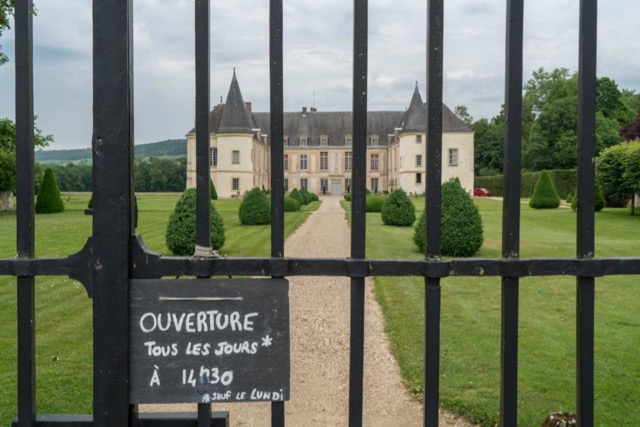
One of the delights of our time on Saroche was a daily excursion, guided by our captain, Jason. After breakfast we’d all pile into the van for a short drive through the beautiful Champagne countryside, narrated all the while by Jason. He’s an amazing storyteller with a wealth of knowledge about the area, not to mention a fascinating life story of his own!
*
Chateau de Condé
Our first day started at this fabulous chateau, parts of which date to the 12th century. During WWII, the Germans occupied the chateau and nearly destroyed it – there are photos of straw and furniture piled in the grand rooms ready to be set alight, but luckily for the house they had second thoughts after noticing a double-headed eagle in the chapel.
Our tour took us through beautifully restored art-filled rooms: frescoes by Watteau, trompe l’oeil walls and ceilings by Servandoni, and huge still life paintings by Oudry.
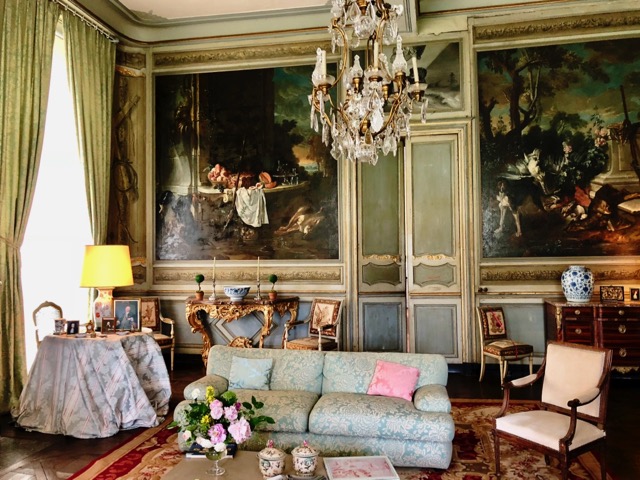


The highlight of our visit was meeting Aymeri de Rochefort, the current owner, who also treated us to a demonstration of his impressive champagne sabering skill (using his own military saber and aviator sunglasses for safety). The basics seem to be 1) finding the bottle seam, and 2) running the saber along the seam a couple of times to warm it before popping the cork off! He made it seem easy, but I think this one is best left to an expert:
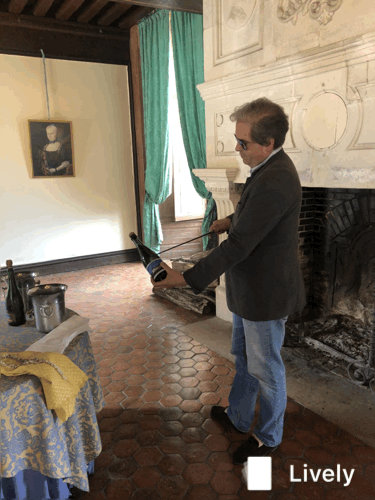
We enjoyed champagne along with Aymeri’s stories of the chateau and his family history. Such a fun visit!

*
Chocolate making at Thibaut

If there were an excursion tailor-made for me, it’s this one! We had the chance to make our own chocolate bouchons (champagne corks) with praline filling; Thibaut also fills them with marc de Champagne and other Champagne-based liqueurs.
The second-generation chocolatier, Xavier Thibaut, showed us how to fill the cork molds with either milk or dark chocolate, then flip them onto a vibrating rack to shake out the excess chocolate. While they chilled, we watched him prepare the praline, then we took turns piping the praline into our molds before pressing our corks together with even more chocolate.
Xavier’s father had built a special machine to wrap the corks in foil, which is quite efficient, though a few of our corks went in backwards (user error) and came out slightly squashed. (They were still delicious.)
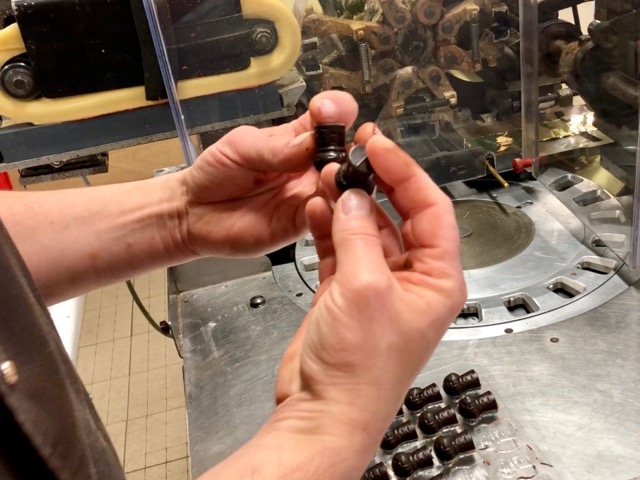
Quite randomly, a reporter from France 3 was there to do a segment on Thibaut, and my French major came in handy when I was briefly interviewed on live TV!
(Bonjour to all the Champagne morning show viewers who may have seen my segment, ha!)


*
Billecart Salmon

No visit to Champagne would be complete without a winery visit and tasting; ours was at Billecart Salmon, in a lovely pastoral setting just east of the town of Ay.
We joined an Australian couple for a tour through the entire champagne-making process from the vineyards, to the cuverie that houses the stainless tanks, through the barrel room, and down into the cellars.

The cellars run over 2 kilometers, an extensive storage space needed because the main difference in champagne production compared to still wine is secondary fermentation that takes place in the bottle and creates the fizz. That means a lot of bottles to store! They’re dusty and cobweb-draped, and look like they’ve been aging for decades though it’s only been three years or so – Billecart Salmon has some very industrious spiders!
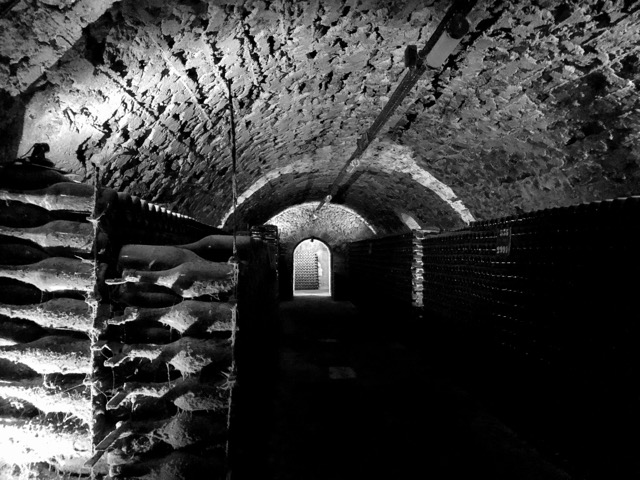
*
WWI trenches at La Main de Massiges
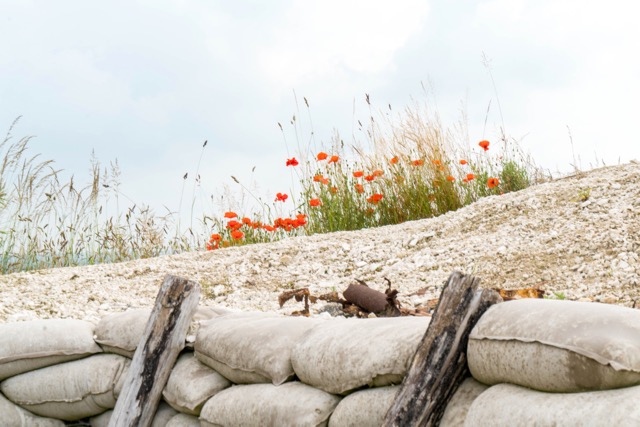

This is a remarkable site where you can explore excavated WWI trenches that remain just as they were a century ago – narrow, twisting, and lined with rusty barbed wire. It was damp when we went, so the ground had turned to white clay mud in places and it was all too realistic to imagine the soldiers trying to endure those conditions. Here and there, small alcoves housed stoves or piles of wine bottles and other detritus.
Red poppies – the symbol of remembrance of WWI – still poignantly dot the landscape.
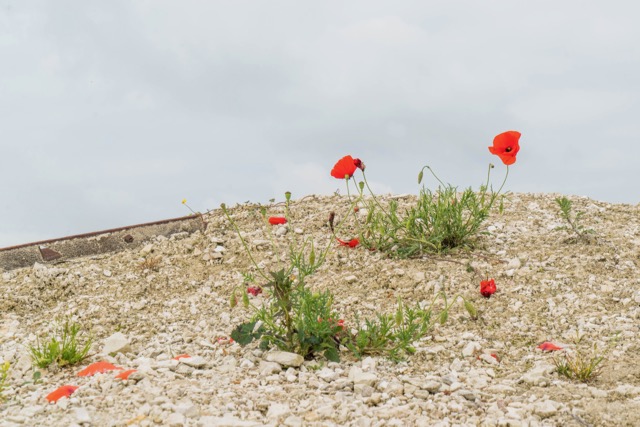
*
Reims
In Reims (pronounced, roughly, “Raince”), we visited the cathedral with its soaring three story nave, as well as the Museum of Surrender where the Allies received the unconditional surrender of Germany at the conclusion of WWII.
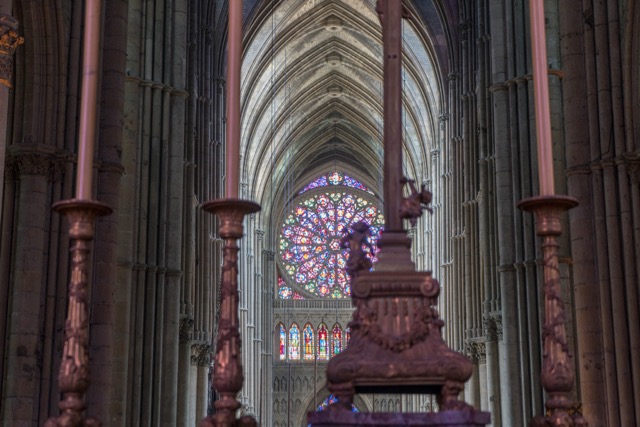
And we had a festive lunch at Domaine Les Crayères, formerly a private estate and now a small hotel set in a large garden. There are champagne cellars underneath its lawns!
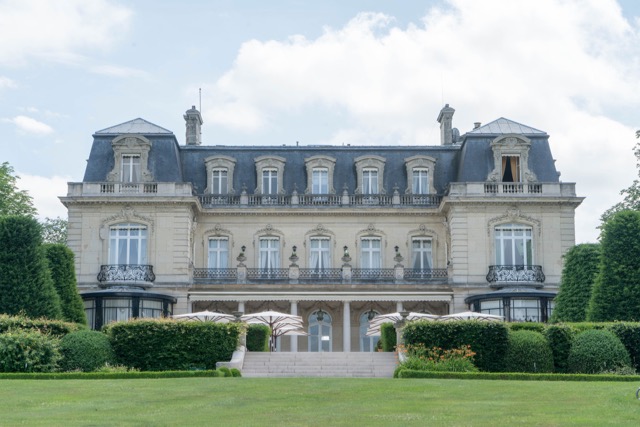
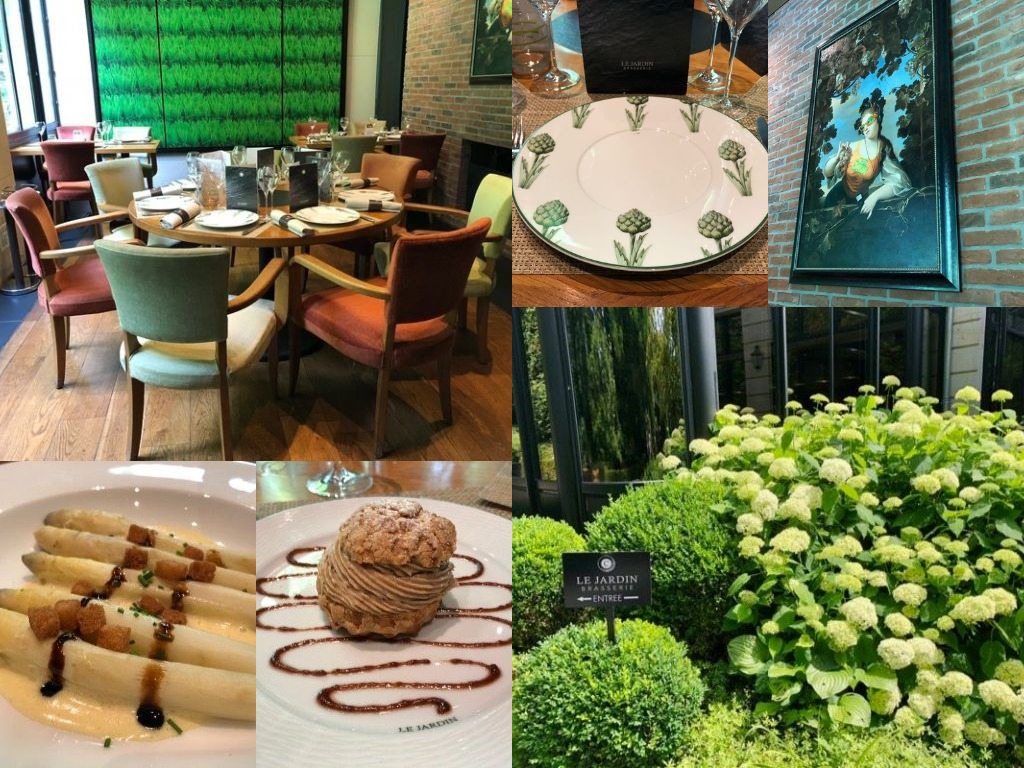
*
And yes, every excursion was just a little bit sweeter as we knew what awaited us back on board Saroche!

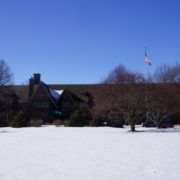 The American Club, Kohler WI
The American Club, Kohler WI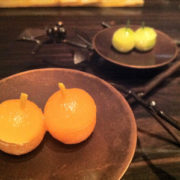 Celebrating at L2O
Celebrating at L2O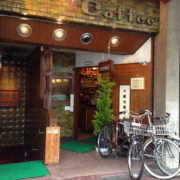 Rokuyosha coffee, Kyoto
Rokuyosha coffee, Kyoto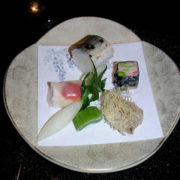 Thinking of Japan
Thinking of Japan
Wonderful, wonderful commentary, you brought back a lot of fond memories. Thanks..